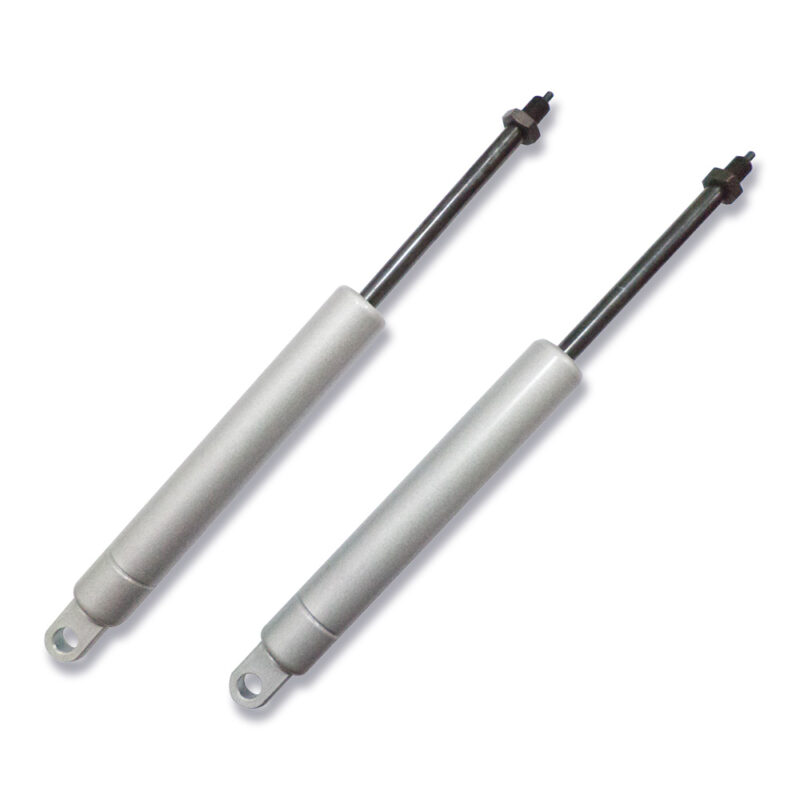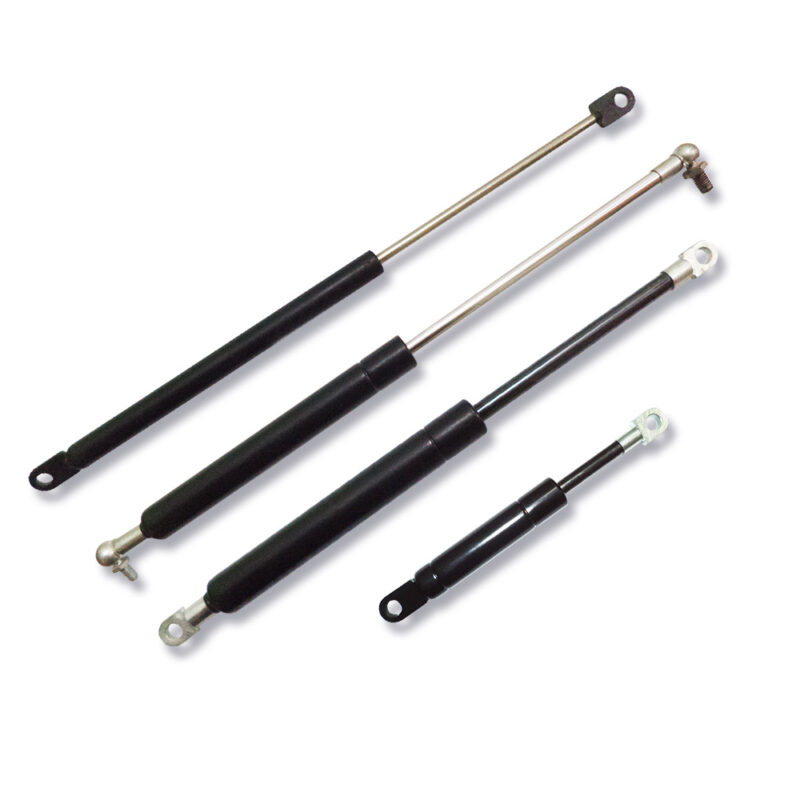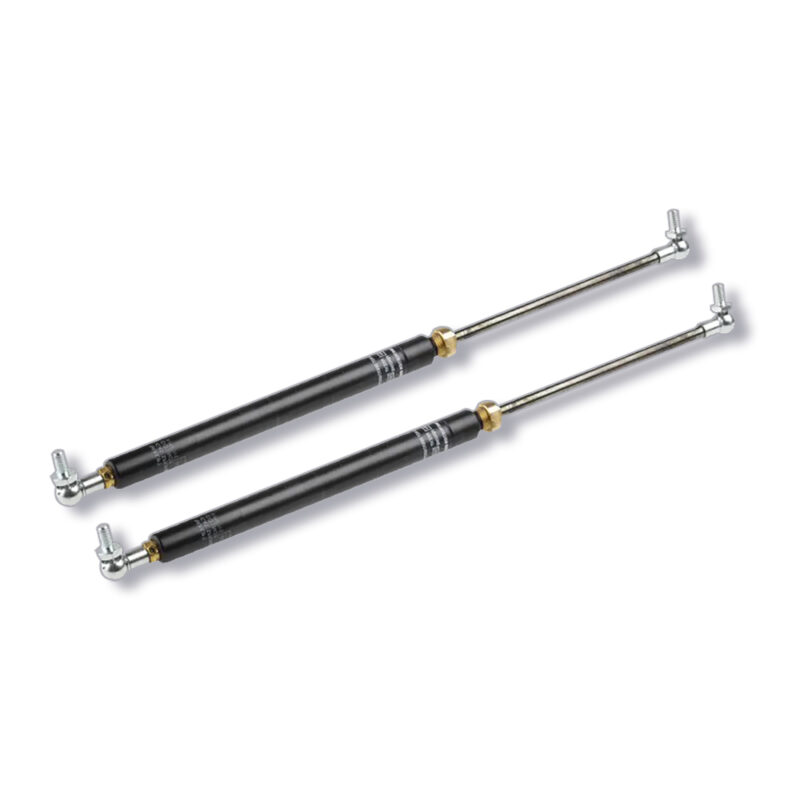Dampers
Dampers are used as safety and function elements in order to dampen speed and slow down masses.
Dampers (motion control) is the generic term for special, delaying (damping) our products which can be used for many different safety and operating functions.
Our dampers slow down masses or dampen speed according to the size (They are not shocking, impact absorbers, or limit stop dampers.)
Adjustable dampers
If different or not clearly defined damping intensities are required, we recommend the use of adjustable dampers. The damping speed can be adjusted when the damper is mounted.
Damper “standard”
This specification with damping over the complete stroke contains only to oil. Due to the construction, there will be a small free trip when the piston rod is pulled out. The push-in and push-out speed – i. e. the effective slowing down (motion control) of the movement of a mass – can be influenced considerably by the use of different nozzles as well as by different oil viscosities.
Damper with floating piston
If the installation is horizontal or undefined, the free movement of the standard specification can be inconvenient. Therefore, our system also provides also a damping variety with floating pistons. The separation of the oil- and gas chamber guarantees a smooth damping movement in every required position.
For the stabilization of the floating piston, it must be pressurized by at least 20N.
Depending on the position of the floating piston, the damper can be installed stable either in push- or in pull direction.
Damper without free travel
This damping variety allows controlled damping in both directions, without a free travel effect. Here, the piston moves completely in a fixed oil chamber. The piston rod volume doesn’t influence the oil chamber neither with pushed-in nor with the pushed-out piston rod.
Hydraulic damper
With these hydraulic dampers speed in push-in and push-out direction can be adjusted very precisely. The speed is controlled in both directions. The damping intensity of these dampers can be adjusted by turning the piston rod. Please take care during the adjustment that you don’t damage
the adjustment segment by turning it too strong against the limit stop. In case of considerable resistance, please stop the adjustment.
Technical information
Catalogs
No catalogs are available for this product.




